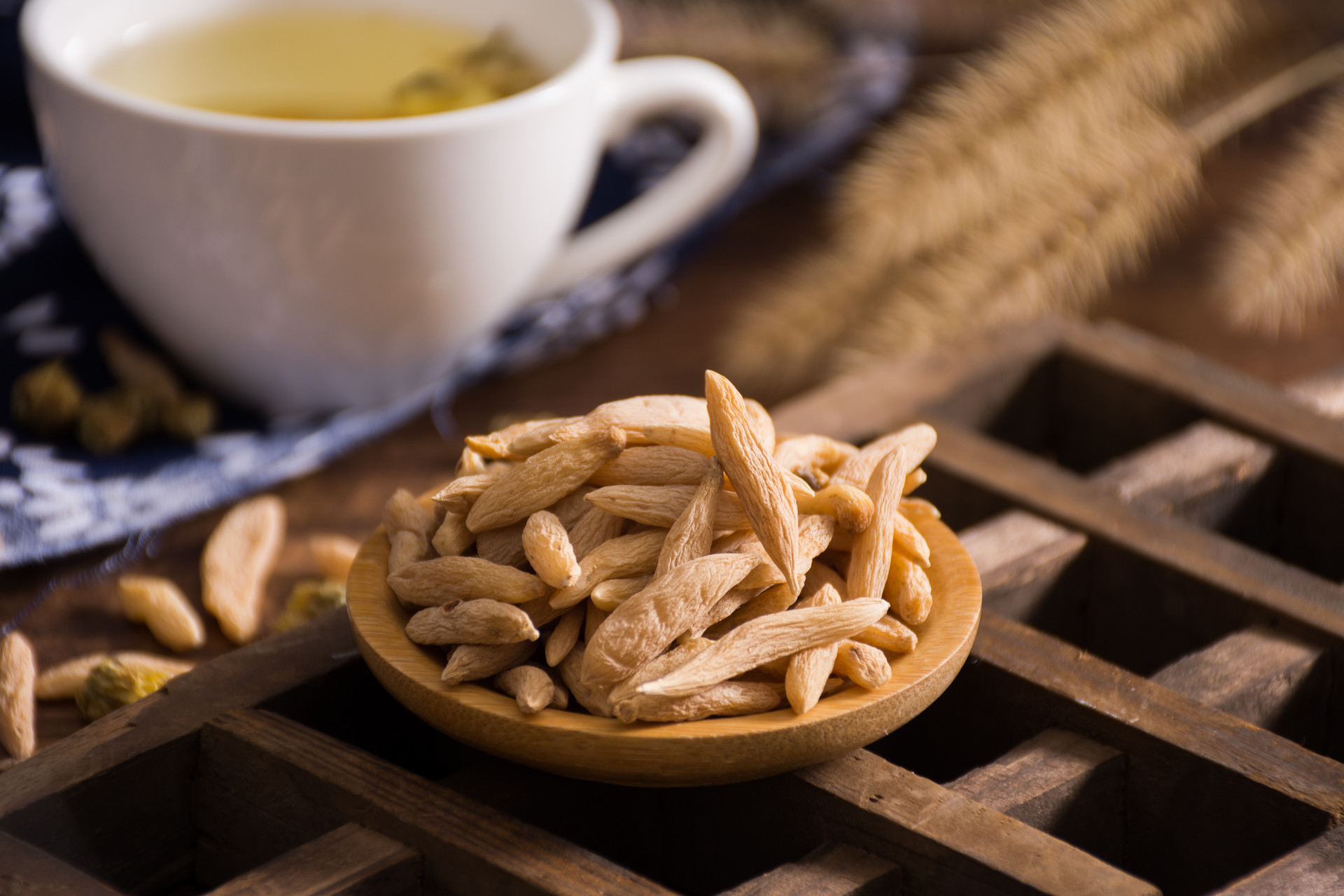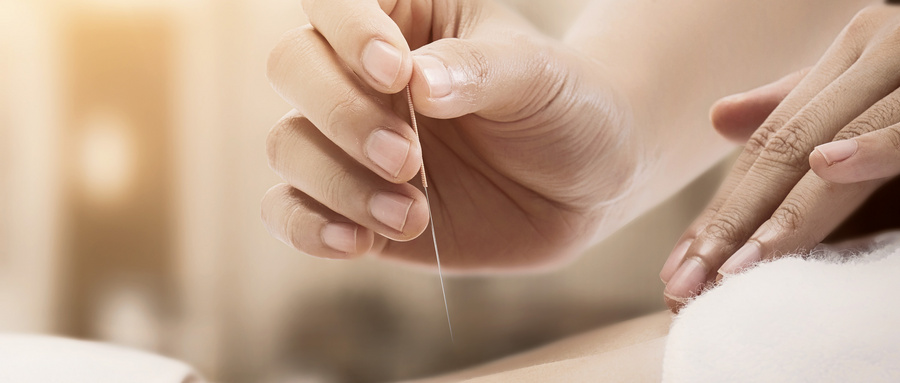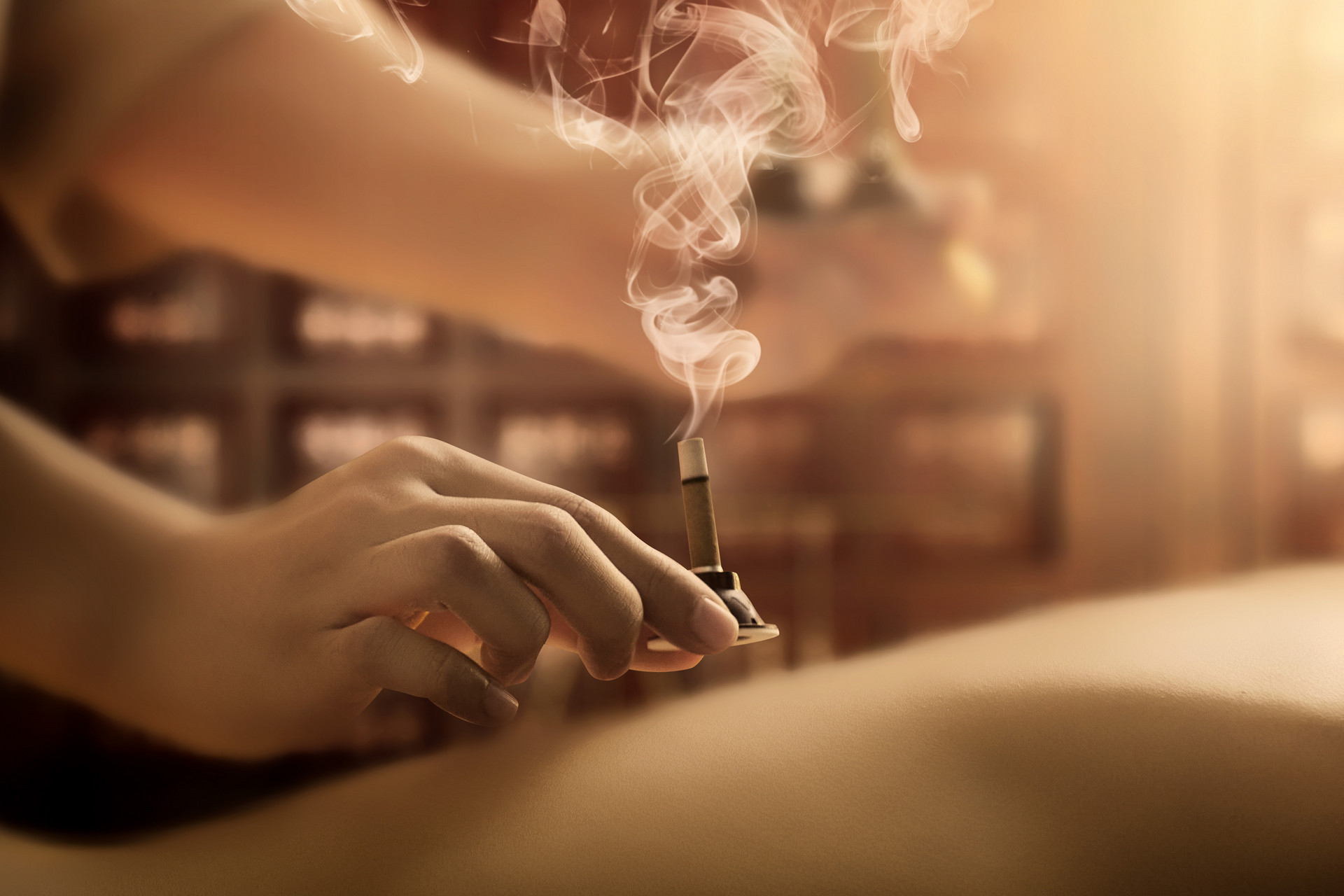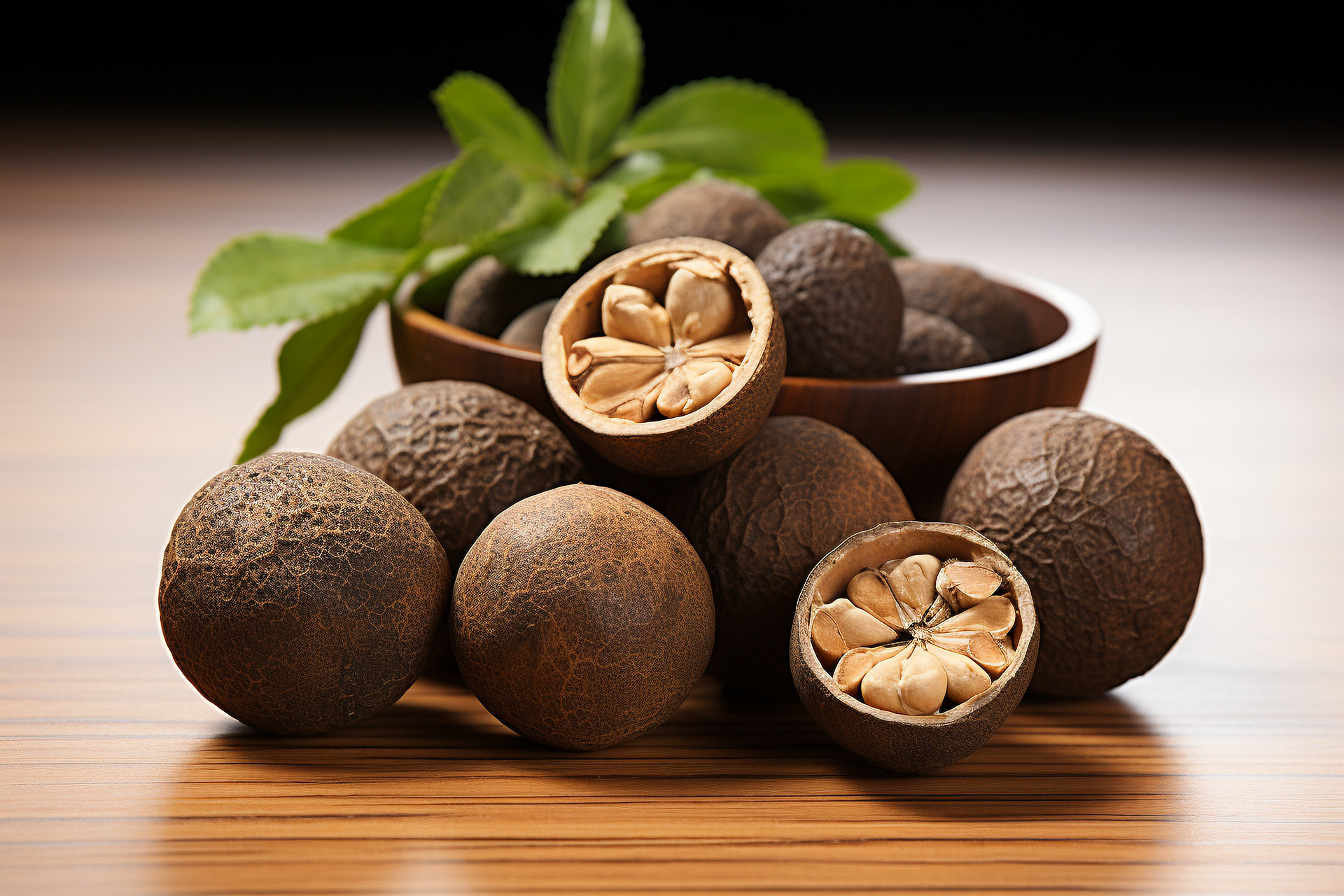Bitter Sophora Root, which is long cylindrical in shape, often branches at the lower part, measuring 10-30cm in length and 10-30cm in diameter. The surface is grayish-brown or yellowish-brown, with longitudinal wrinkles and horizontal pores. The outer skin is thin, often cracked and rolled back, easy to peel off, and the peeled parts appear yellow and smooth. It is hard in texture and not easily broken. The cross-section is fibrous, with a thickness of 3-6mm. The cut surface is yellowish-white, with radial patterns and cracks, and some may have concentric rings. It has a faint aroma and an extremely bitter taste. Common adulterants include the dried roots of leguminous plant Glycyrrhiza uralensis.
Key points for identification:
1. Take 1g of powdered Bitter Sophora Root and powdered Glycyrrhiza uralensis separately, add 20ml of 0.5% hydrochloric acid ethanol, heat reflux for 1 hour, filter, add ammonia test solution to make it neutral, evaporate to dryness, dissolve the residue in 10ml of 1% hydrochloric acid solution, and filter. Take the filtrate and divide it into three test tubes. In the first tube, add bismuth potassium iodide test solution, which will produce a reddish-brown precipitate; in the second tube, it will become slightly turbid. In the third tube, add iodine test solution, which will produce a brownish-brown precipitate; it will become slightly turbid in the second tube.
2. Take cross-sections of Bitter Sophora Root and Glycyrrhiza uralensis separately, and add a few drops of sodium hydroxide test solution to each. The phloem of Bitter Sophora Root turns orange-red and gradually changes to blood red, while Glycyrrhiza uralensis only turns pale red.











